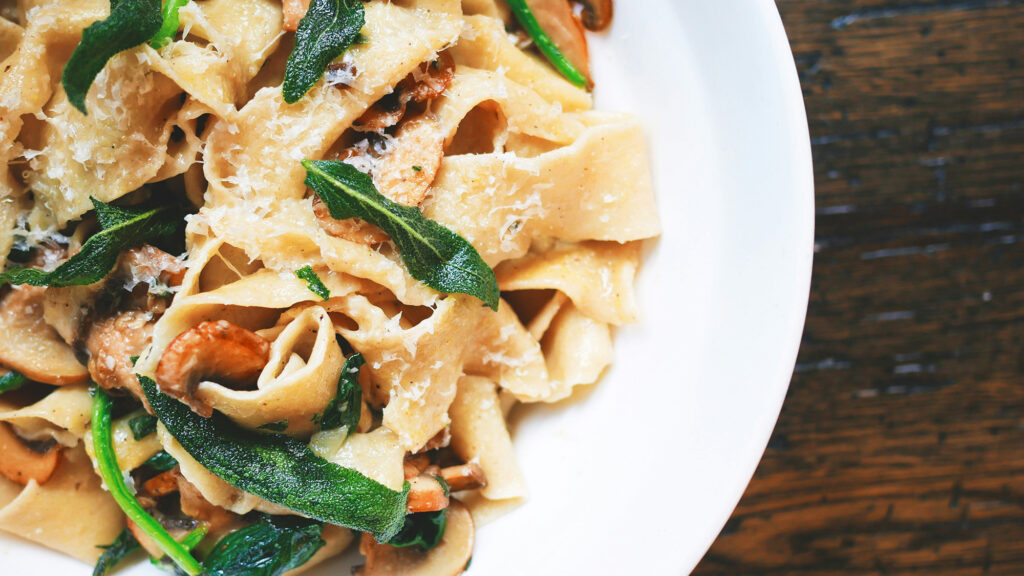Falooda is a traditional Indian dessert typically containing vermicelli noodles, basil seeds, milk, ice cream, and sweet syrup. Due to its high sugar content, falooda can cause a rapid spike in blood sugar levels, which can be harmful to individuals with diabetes or impaired glucose metabolism. Therefore, it is important to consume falooda in moderation and optimise its ingredients to reduce its impact on glucose metabolism
Sweetening the Deal: How to Make Falooda Part of a Healthy Diet
• Instead of using high-glycemic sweeteners such as sugar or honey, try using low-glycemic sweeteners such as stevia, monk fruit extract.
• Consider adding fibre-rich ingredients such as chia seeds or flaxseeds to your falooda to slow down the absorption of sugar into the bloodstream
• Consider consuming falooda in moderation and monitor your portion sizes to avoid excessive sugar. Try consuming no more than one serving of falooda per week or less frequently.
Falooda ingredients are high in sugar and carbohydrates. These ingredients are broken down into glucose, which can cause a rapid increase in blood sugar levels. In response, the body releases insulin, a hormone that transports glucose from the bloodstream into the cells for energy. However, individuals with impaired glucose metabolism may struggle with this process. Optimising falooda intake using low-glycemic sweeteners, incorporating fibre-rich ingredients, and monitoring portion sizes can help reduce its impact on glucose metabolism.







